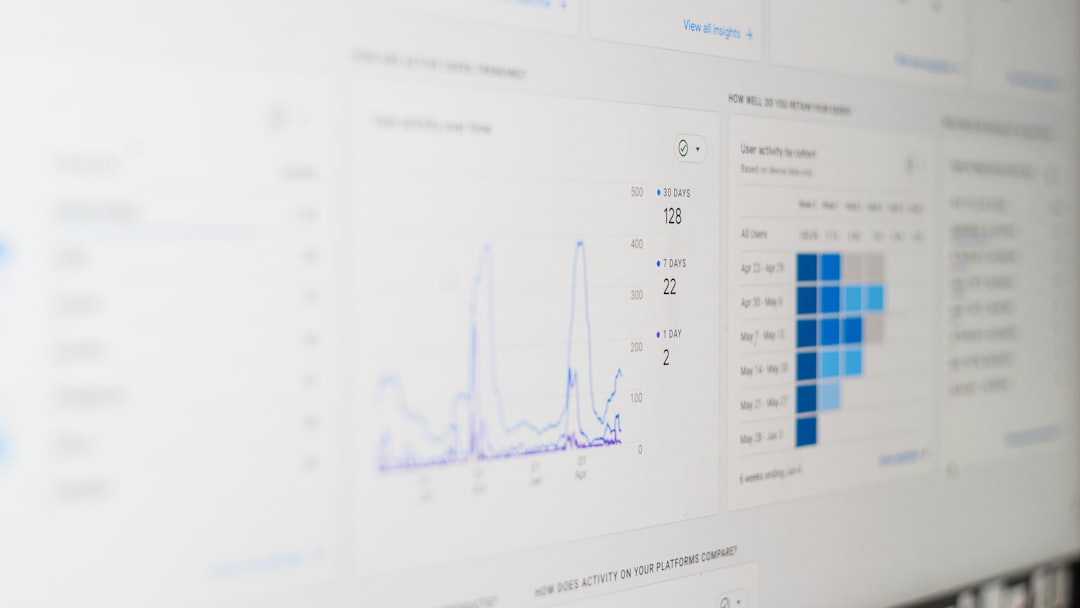In the pursuit of consistent and scalable growth, businesses often turn to outbound strategies to proactively reach their target audiences. While inbound marketing plays a crucial role, it can be unpredictable and passive. On the other hand, mastering a predictable outbound revenue engine gives organizations control over lead generation and revenue growth. But predictable revenue doesn’t come from randomly sending emails or making cold calls — it takes structure, strategy, and optimization.
1. Define Your Ideal Customer Profile (ICP)
Table of Contents
Successful outbound efforts start with precise targeting. A well-defined Ideal Customer Profile helps your sales and marketing teams focus their resources on prospects who are most likely to convert. Your ICP should include attributes such as:
- Industry and company size
- Annual revenue and growth stage
- Geographic location
- Technologies used or business model
By narrowing your focus, you can craft messaging that resonates and address pain points relevant to that specific audience.
2. Build High-Quality Target Lists
Once your ICP is nailed down, use data tools to build high-quality prospect lists. Tools like ZoomInfo, LinkedIn Sales Navigator, and Clearbit can assist in sourcing verified and up-to-date contact information. Segment your lists based on persona types so you can personalize your outreach accordingly.
Your list is only as good as the data it’s built on. Make sure to validate emails and periodically clean your lists to maintain deliverability and efficiency.

3. Craft Outbound Messaging That Converts
Your prospects likely receive dozens of sales messages every week. To stand out, your messaging must be:
- Personalized: Reference relevant details such as the prospect’s role, company, or recent content they’ve published.
- Value-driven: Speak to a specific problem you can solve and the outcome your solution delivers.
- Concise: Your email or call script should be straight to the point. Attention spans are short, and long-winded messages get ignored.
Follow-up sequences are just as crucial. According to research, multiple touchpoints significantly improve response rates. Use a multi-channel strategy that combines email, calls, LinkedIn outreach, and even direct mail if applicable.
4. Implement Scalable Systems and Automation
To make your outbound engine predictable, you need to remove as many variables as possible. This is where automation and process standardization come into play. Use outbound tools such as:
- Outreach.io or Salesloft for sequencing your messages
- CRM platforms like Salesforce or HubSpot for pipeline and data management
- Calendar scheduling tools like Calendly to streamline meetings
But don’t over-automate—maintain a human touch wherever possible. Prospects will immediately spot and ignore a templated, impersonal message.
5. Align Sales and Marketing Teams
An effective outbound system requires close collaboration between sales and marketing. Marketing should support outbound through:
- Content that educates and builds trust
- Sales collateral like one-pagers, case studies, and email templates
- Campaigns and promotions that enrich outbound initiatives
Sales should feed insights back to marketing on lead quality, message effectiveness, and objections faced in conversations. This feedback loop leads to constant refinement.
6. Track KPIs and Optimize Continuously
Outbound sales is part science, part art. To build predictability into it, you need to measure the right metrics regularly:
- Emails sent and email open/reply rates
- Calls made and connect rates
- Meetings booked per rep
- Conversion rate from conversation to closed deal
- Sales cycle length and revenue per deal

Use these metrics to identify bottlenecks in the outbound process. Are reps struggling to book meetings? It might indicate poor targeting or messaging. Is conversion at the bottom of the funnel low? Perhaps the handoff between SDR and AE needs refinement.
7. Train and Enable the Sales Team
A strong outbound engine relies on the people operating it daily: your sales development reps (SDRs). Invest in their training and provide ongoing coaching around areas such as objection handling, qualification techniques, and active listening.
Enabling them with the right tools, playbooks, and battlecards empowers your team to confidently engage prospects and drive consistent revenue-generating activity.
Conclusion
Building a predictable outbound revenue engine isn’t about luck—it’s about creating a repeatable system based on proven strategies. With a laser-focused ICP, compelling messaging, process automation, and a data-driven mindset, you can transform outbound from a guessing game into a reliable growth channel.
When done right, outbound sales becomes more than cold outreach—it becomes a precision-driven engine that powers long-term business success.

